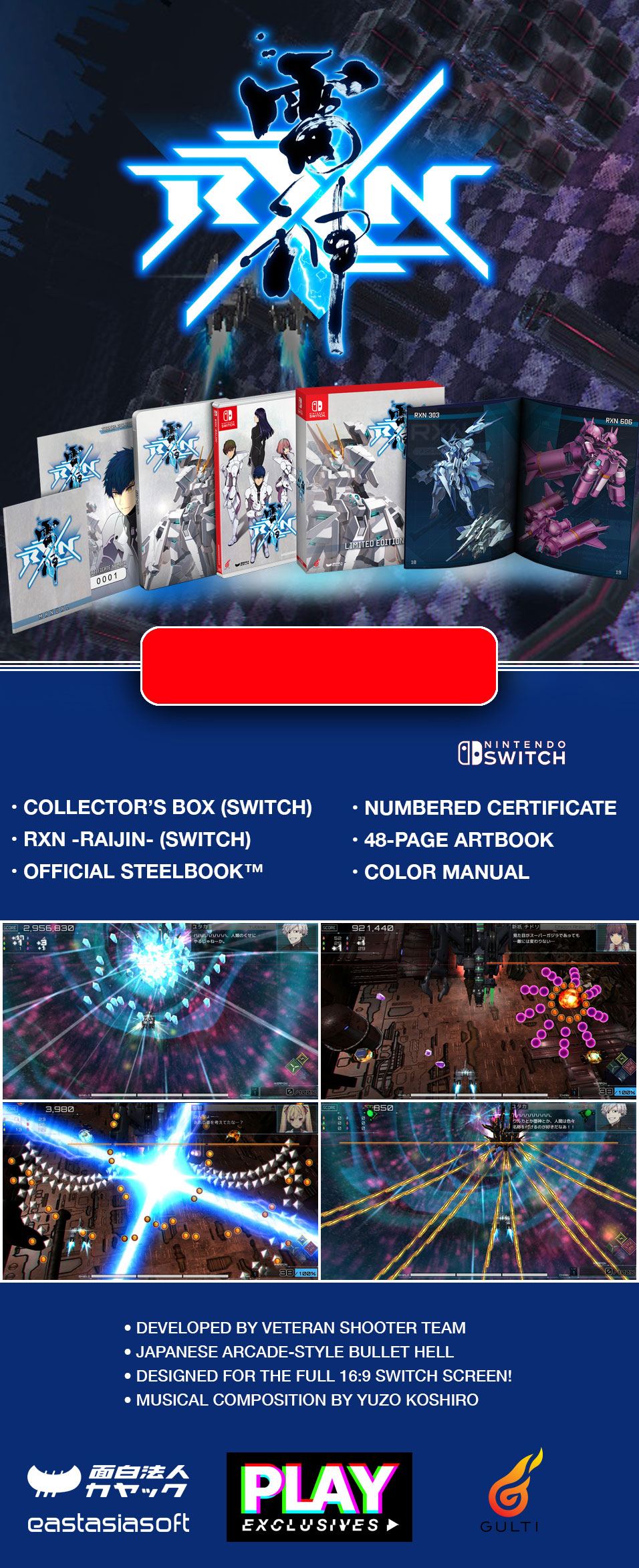

They are most effective when the on/off states are visually distinct. The dropdown button consists of a button that when clicked displays a drop-down list of mutually exclusive items.Ī toggle button allows the user to change a setting between two states. List boxes, like checkboxes, allow users to select a multiple items at a time,but are more compact and can support a longer list of options if needed.Ī button indicates an action upon touch and is typically labeled using text, an icon, or both. Consider adding text to the field, such as ‘Select one’ to help the user recognize the necessary action. Radio buttons are used to allow users to select one item at a time.ĭropdown lists allow users to select one item at a time, similarly to radio buttons, but are more compact allowing you to save space. More than one column is acceptable as well if the list is long enough that it might require scrolling or if comparison of terms might be necessary. It is usually best to present checkboxes in a vertical list. Informational Components: tooltips, icons, progress bar, notifications, message boxes, modal windowsĬheckboxes allow the user to select one or more options from a set.Navigational Components: breadcrumb, slider, search field, pagination, slider, tags, icons.Input Controls: checkboxes, radio buttons, dropdown lists, list boxes, buttons, toggles, text fields, date field.

Interface elements include but are not limited to: Whether they are aware of it or not, users have become familiar with elements acting in a certain way, so choosing to adopt those elements when appropriate will help with task completion, efficiency, and satisfaction.

When designing your interface, try to be consistent and predictable in your choice of interface elements.


 0 kommentar(er)
0 kommentar(er)
